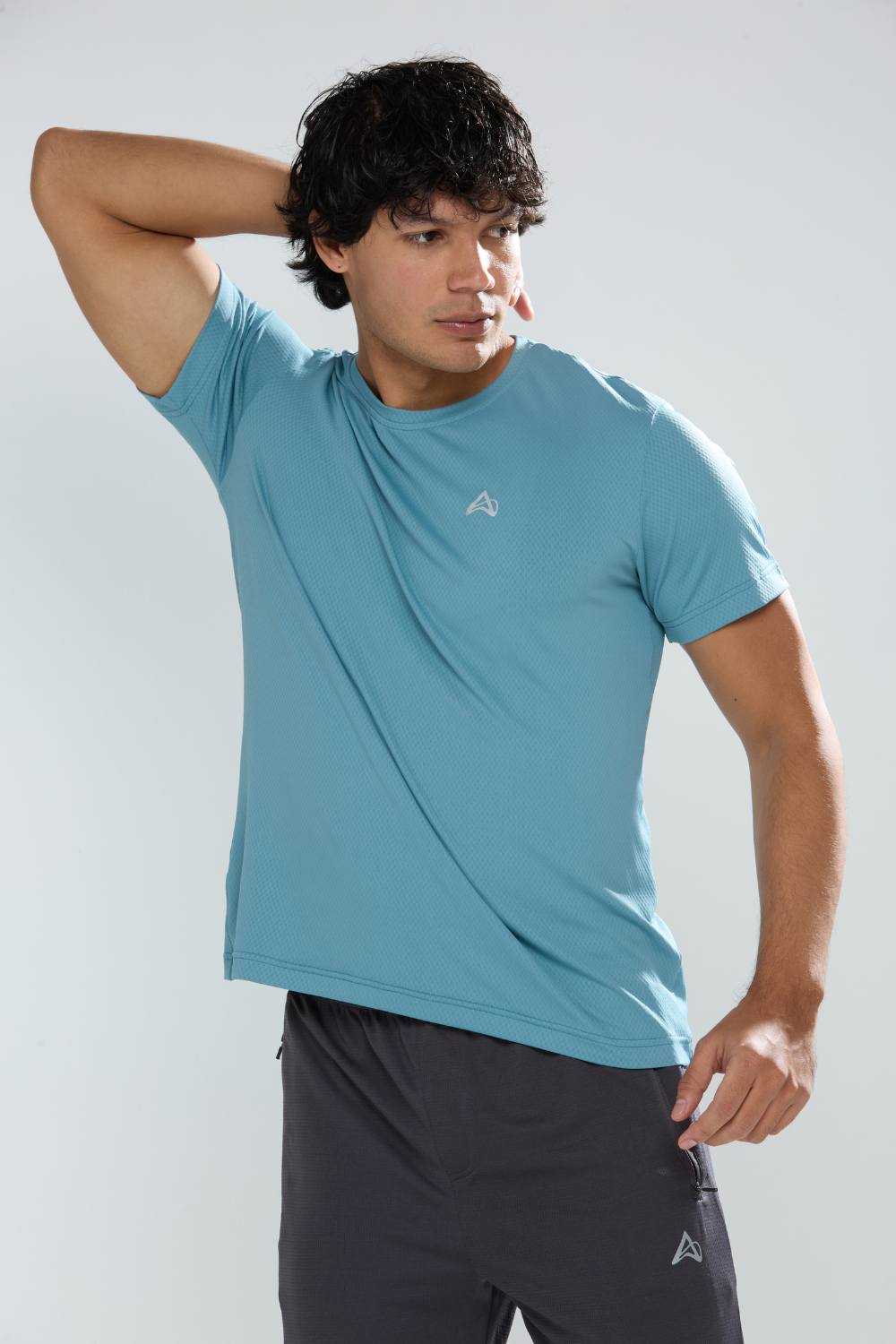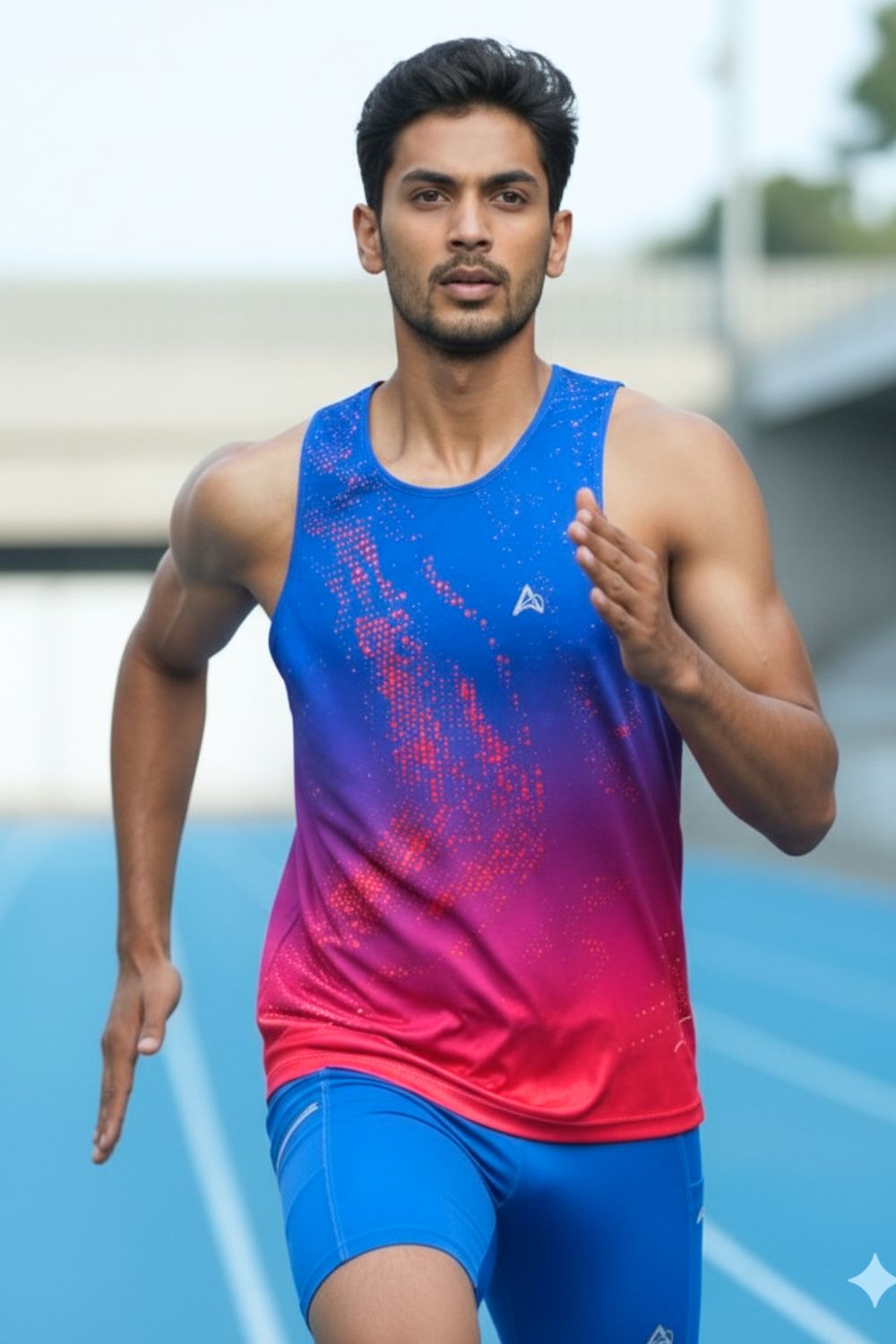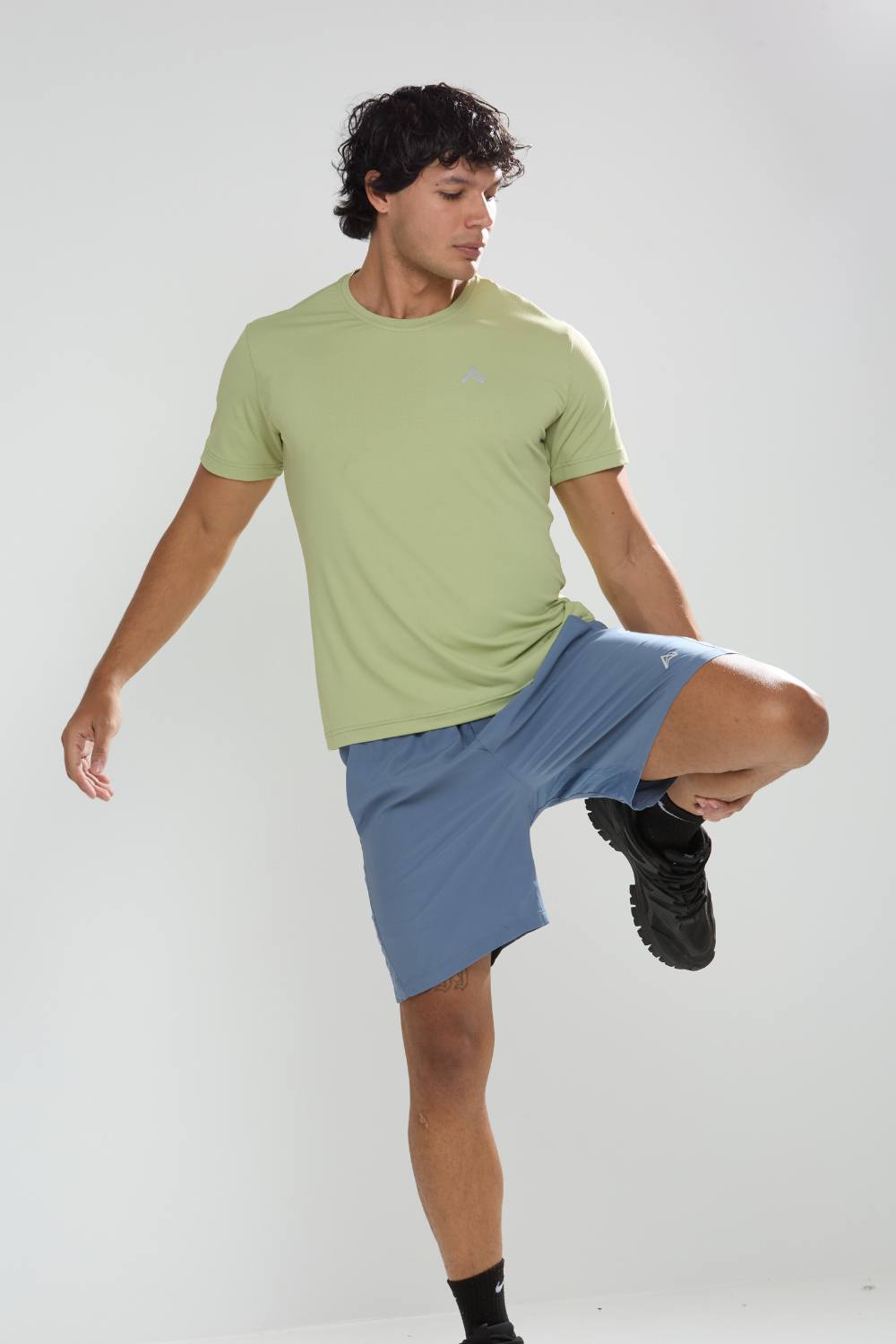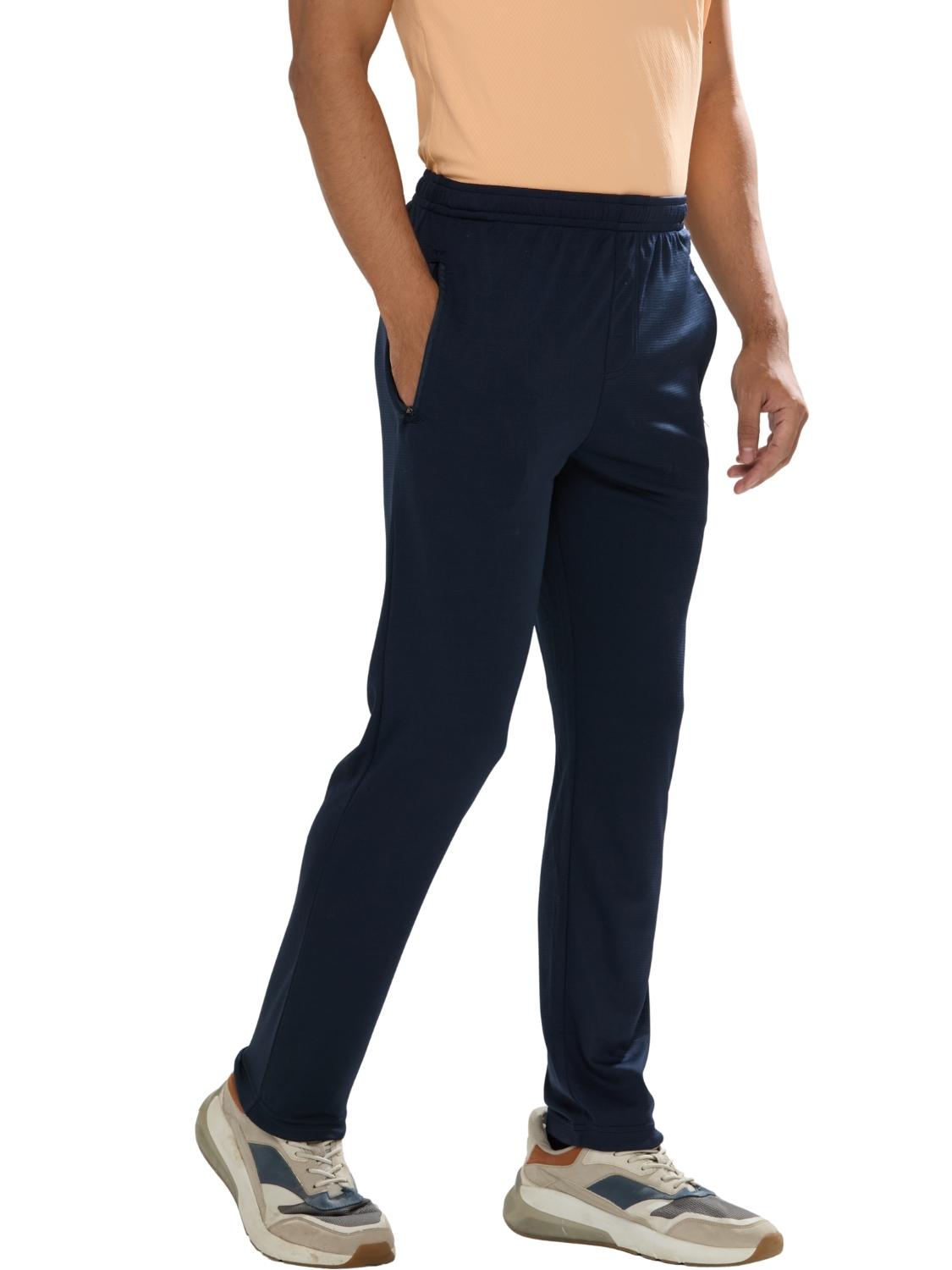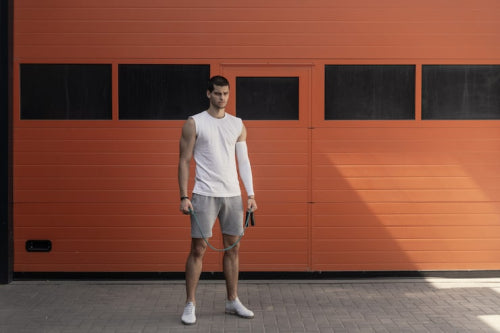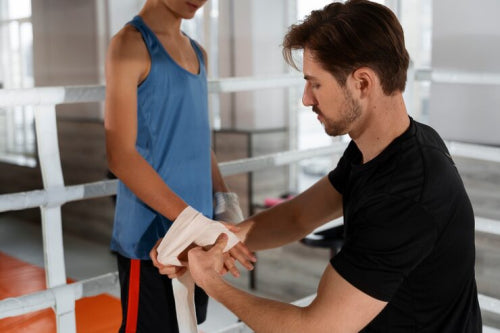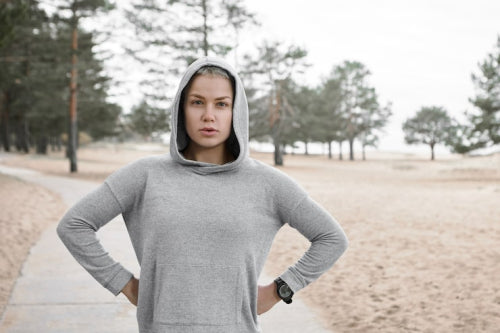Imagine a lone runner cutting through the thick morning mist in Hyderabad, each stride testing the limits of endurance and gear alike. The shorts hugging their form aren't off-the-rack items; they're born from rigorous prototype iterations, honed to perfection against India's unforgiving climate. In thriving running hubs like Mumbai and Bangalore, such advancements are transforming aspirations into reality. This is the essence of how prototype development shapes the future of running shorts in India's burgeoning performance gear market, where innovation meets the demands of a fitness revolution.
Tired of gear that slows you down? Chafing, soggy fabrics, and missing pockets kill your run's momentum. At Aguante, we're runners who get it. Our high-performance activewear features moisture-wicking fabrics, ergonomic designs, and smart storage to keep you focused. Shop Now!
Why Prototypes Matter in Performance Clothing
In the dynamic realm of performance apparel, prototypes serve as the cornerstone of true innovation, far beyond initial concepts or drawings. Consider the challenges: a pair of running shorts must endure the blistering temperatures of Delhi, the oppressive humidity of Navi Mumbai, and the rugged paths typical in Pune or Surat. For forward-thinking brands like Aguante, mastering prototype development is not just advantageous it's essential, particularly amid the explosive growth of running communities in Bangalore, Hyderabad, Mumbai, and other key regions across India.
The significance is underscored by robust market data. According to recent analysis, the Running Apparel Market was estimated at 47.89 USD Billion in 2023, with projections showing growth from 49.42 USD Billion in 2024 to 70.0 USD Billion by 2035. This expansion is driven by a Compound Annual Growth Rate (CAGR) of approximately 3.21% over the forecast period from 2025 to 2035. Breaking it down further, the shorts segment is valued at 8.5 USD Billion in 2024 and is anticipated to climb to 12.0 USD Billion by 2035, reflecting its appeal for comfort and mobility. Other segments include footwear at 17.92 USD Billion in 2024 rising to 25.5 USD Billion, shirts from 10.0 to 14.0 USD Billion, tights from 7.0 to 10.5 USD Billion, and jackets from 6.0 to 8.0 USD Billion. This surge aligns with heightened consumer focus on health and fitness, spurring greater participation in running activities and events.
Aguante distinguishes itself by engineering apparel explicitly for Indian environments featuring superior breathability, moisture management, and durability tested under local conditions. This approach eschews blindly adopted international fads in favor of indigenous solutions that directly address runner's real-world needs.
For athletes in Gurugram or Ahmedabad, the pitfalls of generic international shorts are all too familiar: chafing seams, inadequate storage, or fabrics that trap heat in tropical settings. Through prototyping, these issues are systematically resolved, incorporating direct input from users to yield enhancements that make elite-level performance attainable for all. This democratization extends high-quality gear to a broader audience, minus the premium costs often associated with global brands.
Emerging Trends in Prototype Development
Entering a prototype facility reveals a world of cutting-edge experimentation. Fabrics engineered for lightness and rapid moisture evaporation undergo stringent evaluations from artificial perspiration simulations to wind chambers replicating Mumbai's seaside gusts, and actual endurance tests in Hyderabad's green spaces. These processes form iterative loops, each refinement building upon prior insights to push boundaries further.
A pivotal evolution is the integration of runner-centric feedback via digital platforms. Social channels such as Instagram, Facebook, and YouTube enable brands to unveil prototype previews, soliciting opinions from vast audiences. Influencers, including barefoot coaches and stamina specialists, deliver immediate critiques during their sessions. Aguante capitalizes on this by partnering with profiles like @runholic_dev to fine-tune elements. Features like non-bouncing pockets or chafe-resistant liners stem directly from these shared experiences online.
On a worldwide scale, iterative prototyping dominates, with limited-run samples deployed for real-world vetting prior to scaling up. Essentials now include reflective accents for dawn runs in Delhi's cooler months and ultra-efficient wicking materials. Technological leaps, such as smart textiles embedding performance monitors, fuse style with utility. In India, this syncs with the boom in online shopping, extending access to innovations even in secondary markets like Ahmedabad.
Sustainability emerges as a core focus, with prototypes vetting environmentally sound materials that maintain robustness. Recycled polyester and bamboo blends are gaining ground, aligning with eco-conscious demands. As fitness awareness escalates propelled by events in Bangalore and wellness surges in Pune companies are accelerating prototypes that balance green credentials, top-tier functionality, and affordability. Adaptive designs for multi-purpose use, blending training with everyday wear, further highlight this shift. Rapid prototyping via 3D printing accelerates design cycles and cuts expenses, revolutionizing accessory and garment creation. Lightweight, breathable fabrics prioritize comfort for athletes, ensuring gear that performs under pressure.
Real-World Examples and Applications
To ground this, consider the hands-on side of prototyping where Indian runners play pivotal roles. The journey of running shorts often begins with prototypes plagued by jiggling pockets during Mumbai dashes. Yet, via on-site evaluations with trainers featured on @fit_kaur23 or @coach_amitkumar, Aguante refines them into stable compartments ideal for essentials on extended Surat trails.
Chafe-preventing interiors arise from accounts of discomfort in Hyderabad's steamy weather. These aren't theoretical; they're validated by genuine users, crafting fits attuned to Indian physiques. Contrasting with overseas conglomerates conceptualizing in isolated facilities, Aguante's method is rooted in locality deploying prototypes on native grounds to collect data from varied landscapes in Navi Mumbai or Gurugram.
A notable instance: recent testing cycles saw stamina influencers broadcasting YouTube footage of experiments, inviting viewer input on aspects like ventilation amid Delhi's air quality. This interactive ethos elevates Aguante, yielding apparel that's instinctively user-friendly. It embodies domestic creativity surpassing imported models by tackling specific hurdles intense heat, dust, erratic monsoons while upholding international benchmarks.
The payoffs are evident: reduced interruptions, heightened concentration. Amid the fusion of athleisure and high-performance, these prototypes facilitate effortless shifts from workouts to daily life, attracting novice joggers in Pune alongside seasoned competitors. Technological advancements in fabric, like moisture-wicking and breathable innovations, are key drivers, enhancing overall appeal.
Key Challenges, Limitations, and Risks
Prototyping, however, isn't without hurdles. The expense of successive revisions mounts, particularly when procuring niche materials amid logistical bottlenecks. Maintaining equitable pricing while innovating demands precise equilibrium in a cutthroat arena.
Runners frequently query: "Will these shorts hold up during prolonged sessions in Ahmedabad's scorch?" Or, "Does affordable local production sacrifice superior quality?" Aguante confronts these in prototyping phases, conducting endurance assessments to affirm resilience and demonstrate that homegrown options match worldwide standards sans exorbitant fees. Nonetheless, harmonizing demands of top-tier ultra-runners in Bangalore with broader consumer bases poses complexities. Uniform solutions risk estranging groups.
Dangers arise from disparities between controlled environments and actual conditions. A lab-successful prototype might underperform on Delhi's bumpy routes. Adapting necessitates flexibility, converting setbacks into advancements. These obstacles, though, affirm prototyping's worth absent them, progress halts.
Opportunities, Efficiencies, and Business Impacts
Conversely, prototypes offer substantial rewards. Identifying defects prematurely curtails future expenditures, averting widespread withdrawals or dissatisfaction. For Aguante, this translates to streamlined operations, redirecting funds toward superior products.
From a commercial standpoint, it fosters credibility. Framing as "crafted by runners, for runners" strikes a chord in primary centers like Mumbai and Delhi, paving paths to growth in secondary locales such as Surat and Pune. Narrative amplification via digital means Instagram stories of prototyping evolutions, in-depth YouTube explorations with figures like @rajesh84parida, and vibrant Facebook discussions cultivates genuine engagement and fidelity.
Prospects flourish in customization, with AI-facilitated prototypes for bespoke sizing, or eco-testing of repurposed materials. The e-commerce expansion, a notable market influencer, empowers Aguante to connect with distant enthusiasts in Gurugram, elevating revenues. The outcome? A fortified presence in India's athletic sector, propelled by wellness movements and inclusive creations. Sportswear's anticipated outperformance of general fashion by 5 to 6 percentage points in regions like China hints at similar potentials in India. Indian manufacturing prowess, as seen in rapid prototyping for diverse products, bolsters this landscape.
The Future of Prototype-Led Running Gear
With Indian runners amplifying their influence, they're transitioning from participants to architects of change. Industry experts concur: user insights are indispensable, forging benchmarks for worldwide performance apparel.
Forward-looking, tailored prototypes are on the horizon AI body scans for impeccable fits, alongside resilient green fabrics. Sustainability will lead, with rigorous prototyping validating innovations suited to India's demands.
Ultimately, this prototype-centric progression elevates running shorts from mere attire to indispensable partners. For Aguante, vanguard status hinges on attentiveness, refinement, and execution matching rivals while pioneering. As the sector propels toward 70 billion USD, the verdict is unambiguous: tomorrow's gear is meticulously prototyped, validated, and primed for the long haul.
Frequently Asked Questions
How does prototype development improve running shorts for Indian climate conditions?
Prototype development allows brands to test running shorts against India's specific challenges like extreme heat, humidity, and monsoons before mass production. Through rigorous testing in cities like Mumbai, Delhi, and Hyderabad, prototypes help identify and solve issues like chafing, inadequate ventilation, and fabric durability. This iterative process ensures the final product features superior breathability, moisture management, and durability tailored specifically for Indian runner's needs.
What role do Indian runners play in the prototype testing process for performance gear?
Indian runners are integral to the prototype development process, providing real-world feedback through digital platforms and direct testing. Brands collaborate with fitness influencers and coaches who test prototypes during actual runs in various Indian cities, sharing their experiences via Instagram, YouTube, and Facebook. This runner-centric feedback helps refine features like non-bouncing pockets, chafe-resistant liners, and ventilation systems, ensuring the final products address genuine user needs rather than theoretical specifications.
Why is prototype testing essential for running shorts in India's growing fitness market?
With India's running apparel market projected to grow significantly as part of the global $70 billion market by 2035, prototype testing ensures brands can compete effectively while meeting local demands. Prototyping helps identify defects early, preventing costly recalls and customer dissatisfaction while building credibility in key markets like Bangalore, Mumbai, and Delhi. It also enables brands to balance innovation with affordability, creating high-performance gear accessible to India's diverse running community without the premium costs of international brands.
Disclaimer: The above helpful resources content contains personal opinions and experiences. The information provided is for general knowledge and does not constitute professional advice.
You may also be interested in: How Ergonomic Fit Improves Running Performance: A Deep Dive
Tired of gear that slows you down? Chafing, soggy fabrics, and missing pockets kill your run's momentum. At Aguante, we're runners who get it. Our high-performance activewear features moisture-wicking fabrics, ergonomic designs, and smart storage to keep you focused. Shop Now!
Powered by flareAI.co





